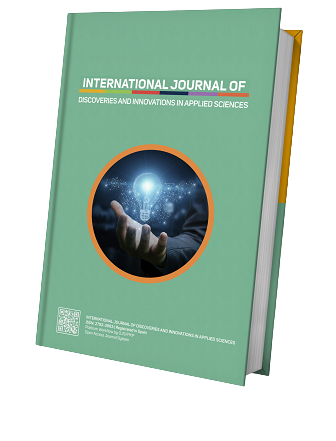Digitalization of Science Classroom towards Optimum Teaching and Learning of Science: Implications of Blended Learning and E-learning Approaches in Nigeria
Keywords:
Digitalization, Blended Learning, Science, Classroom.Abstract
This study examines digitalization of science classroom towards optimum teaching and learning of science: implications of blended learning and e-learning approaches in Nigeria. Quasi-experimental design was adopted for the study and sample comprised of 134 science education undergraduates of Ignatius Ajuru University of Education, Rumuolumeni Port Harcourt, Rivers State, Nigeria. Three research questions and three hypotheses guided the study. The instrument was Science Education Undergraduate Performance Test(SEUPT) with reliability coefficient of 0.86 determined by test retest method. Mean and standard deviation were used to answer research questions and hypotheses tested using Analysis of Covariance at 0.05 level of confidence. Findings revealed better performance of science education undergraduates taught using blended learning strategy compared to those with e-learning approach. There was no gender related difference in performance. It was recommended that teachers should embrace the use of blended learning approach and also incorporate other digital technologies in the process of lesson delivery.




